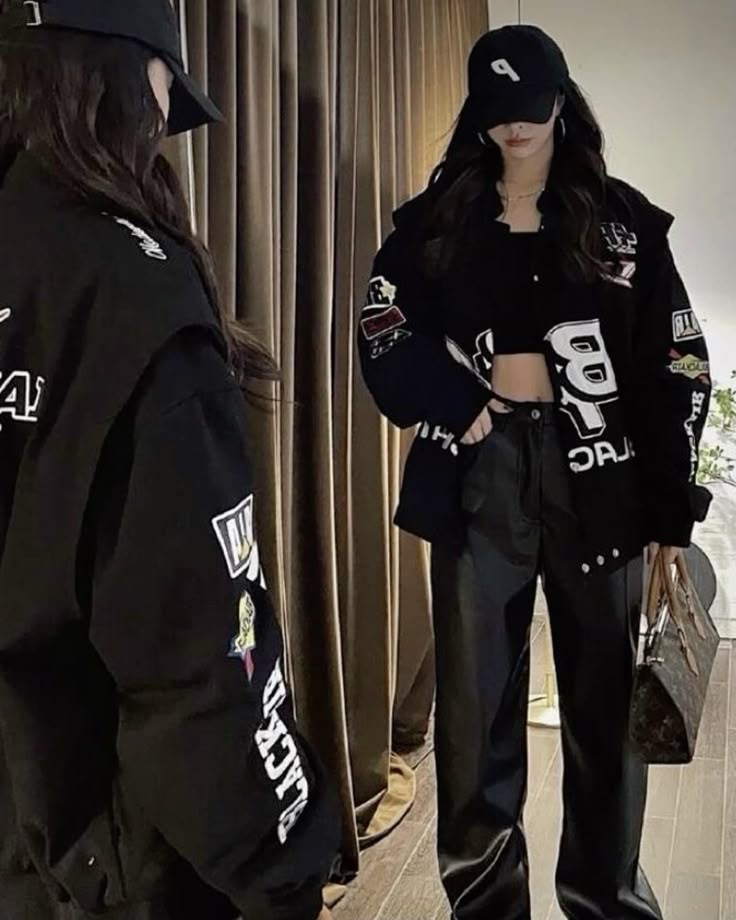Fashion has always been more than just clothing. It is a language without words, a mirror reflecting society’s values, aspirations, and transformations through time. From the earliest garments crafted out of necessity to the sophisticated styles of the modern age, fashion has evolved in ways that tell the story of humanity. This evolution has been shaped by culture, technology, politics, and individual creativity, weaving a complex tapestry of style that continues to inspire and challenge the world.
The origins of fashion lie in the most basic human need for protection from the elements. Early humans used animal skins and natural fibers to cover their bodies, choosing materials that offered warmth and durability. Over time, these garments began to carry symbolic and cultural meanings. Tribal patterns, colors, and accessories conveyed social status, marital status, and even spiritual beliefs. What began as mere survival wear gradually transformed into an early form of personal and communal expression. Ancient civilizations such as Egypt, Mesopotamia, and China developed distinct fashion traditions that reflected their societal structures. In Egypt, for instance, linen garments and intricate jewelry denoted wealth and divine favor, while in China, silk became a symbol of refinement and imperial authority.
As civilizations grew more interconnected through trade, fashion began to cross borders, allowing ideas, fabrics, and techniques to spread. The Silk Road was not only a route for commerce but also a runway for cultural exchange. Traders carried textiles, embroidery styles, and dyeing techniques that influenced fashion in distant lands. The introduction of new fabrics such as silk, velvet, and cotton to Europe during the Middle Ages brought with it a surge of innovation in garment design. Nobility and royalty began to compete in displays of luxury, commissioning elaborate robes adorned with embroidery, lace, and jewels to convey their wealth and power. Fashion at this time was closely tied to hierarchy, with sumptuary laws dictating what colors and fabrics different classes could wear.
The Renaissance marked a significant shift in fashion’s purpose and presentation. With art, literature, and humanism flourishing, clothing became a canvas for individuality and artistic expression. Tailoring improved, and garments were designed to enhance the human form, emphasizing symmetry, proportion, and elegance. Rich fabrics and bold colors dominated the courts of Europe, while accessories such as feathered hats, gloves, and ornate shoes became essential to a complete look. Fashion was now an important part of identity, a way to express personal taste while signaling allegiance to cultural ideals.
The industrial revolution in the eighteenth and nineteenth centuries brought dramatic changes to fashion. The invention of mechanized textile production made clothing more affordable and accessible, breaking down some of the class barriers that had previously defined style. Ready-to-wear garments began to appear in shops, and urban centers developed thriving fashion districts. Mass production allowed trends to spread rapidly, but it also sparked debates about individuality versus conformity. This period also saw the rise of fashion magazines, which began shaping public taste and setting the standard for what was considered stylish. These publications helped establish the concept of seasonal trends, introducing the idea that fashion could and should evolve regularly.
In the early twentieth century, fashion underwent a revolution driven by social change and new cultural freedoms. Designers such as Coco Chanel redefined women’s fashion by promoting comfort and simplicity over the restrictive corsets and layers of the past. The flapper style of the 1920s captured the spirit of liberation, with shorter hemlines, loose silhouettes, and bold accessories. Men’s fashion also shifted toward a more relaxed elegance, with suits becoming lighter and more practical. The growing influence of Hollywood brought glamour into everyday life, as movie stars became style icons whose wardrobes set global trends.
The postwar period of the 1950s and 1960s brought further transformation. The economic boom fueled consumer culture, and fashion became a way to express optimism and individuality. Youth culture emerged as a powerful force, with teenagers rejecting the styles of their parents in favor of fresh, rebellious looks. Rock and roll, the mod movement, and hippie culture each introduced new aesthetics that challenged traditional norms. Designers like Yves Saint Laurent, Mary Quant, and Pierre Cardin pushed boundaries with daring cuts, unconventional materials, and innovative silhouettes. Fashion was no longer dictated solely by elite designers; street style and subcultures began to influence the mainstream.
By the late twentieth century, globalization had made fashion a truly international phenomenon. Designers and brands drew inspiration from a vast array of cultural sources, blending traditions and modernity into eclectic styles. The 1980s were marked by excess and boldness, with power suits, bright colors, and oversized accessories reflecting the era’s ambition. In contrast, the 1990s embraced minimalism, with clean lines, muted tones, and a focus on quality over extravagance. The rise of supermodels like Naomi Campbell, Cindy Crawford, and Kate Moss gave fashion an unprecedented level of celebrity appeal, while brands like Gucci, Prada, and Versace became symbols of luxury and status.
Entering the twenty-first century, fashion has become more diverse, fast-paced, and democratized than ever before. The internet and social media have revolutionized how trends emerge and spread, giving rise to influencer culture and instant global exposure. Fast fashion brands have made runway-inspired styles affordable to the masses, though at the cost of environmental concerns and debates over sustainability. At the same time, there has been a resurgence of interest in slow fashion, with consumers seeking ethically made, high-quality pieces that stand the test of time. Vintage and secondhand clothing have gained popularity, reflecting both environmental awareness and a desire for individuality.
Today’s fashion landscape is a blend of the past, present, and future. Designers often draw on historical references, reinterpreting classic styles for a modern audience. Technology is pushing boundaries with innovations such as 3D printing, smart textiles, and virtual fashion shows. The growing emphasis on inclusivity has broadened the industry’s definition of beauty, with diverse body types, ages, and backgrounds now represented on runways and in campaigns. Gender-neutral and unisex fashion challenge traditional categories, reflecting a cultural shift toward fluidity and self-expression without labels.
Beyond aesthetics, fashion continues to hold cultural and political significance. Clothing can be a form of protest, a way to assert identity, or a means of solidarity. Movements such as Black Lives Matter, climate activism, and gender equality have all found visual expression in fashion, from slogan T-shirts to symbolic color choices. In this way, fashion remains a powerful tool for communication, capable of sparking conversations and inspiring change.
The future of fashion will likely balance innovation with responsibility. As awareness of the environmental impact of clothing production grows, brands are experimenting with sustainable materials, circular economy models, and transparent supply chains. Technology will continue to influence both design and retail, with virtual reality fitting rooms, AI-driven trend forecasting, and blockchain authentication becoming part of the shopping experience. At the same time, handmade craftsmanship and traditional techniques are being preserved and celebrated, ensuring that fashion’s rich history is not lost in the race toward the future.
From ancient ceremonial robes to cutting-edge digital couture, fashion’s journey reflects the human story in all its complexity. It is shaped by necessity and creativity, by tradition and innovation, by the desire to belong and the urge to stand out. As it continues to evolve, fashion will remain a central part of our cultural identity, a living art form that speaks to who we are and who we aspire to be. The garments we choose to wear will always be more than fabric and thread; they are statements of self, woven into the ever-changing fabric of society.


